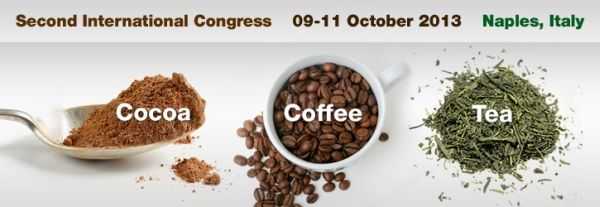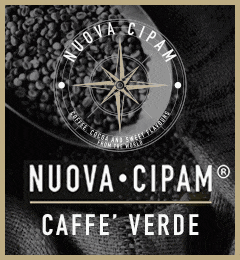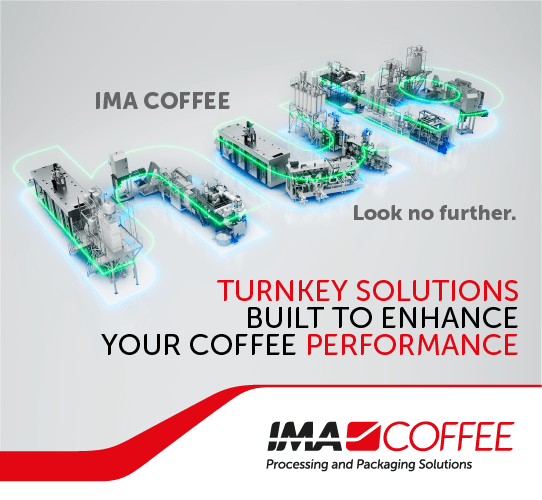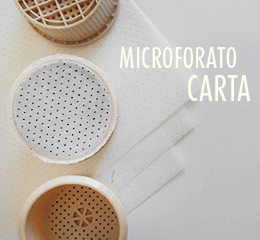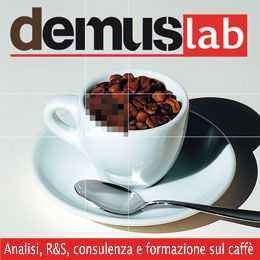Mestdagh, F.1 Folmer, B.2 Davidek, T. 1 Blank, I. 1
1 Nestlé Product & Technology Centre, Orbe, Switzerland. 2 Nespresso, Lausanne, Switzerland.
E-mail: Frederic.Mestdagh@rdor.nestle.com
During coffee roasting, over 1000 volatile compounds are formed, from which about 25 are considered as key odorants [1].
Different brewing and extraction methods exist to prepare a coffee beverage and for each of the methods different parameters play a role in delivering a brew with a balanced aroma.
The extraction pressure and volume, water type and temperature have to be optimised as well as the coffee granulometry. The interplay between the coffee and the extraction parameters for the used machine or tool play a role in brewing the perfect cup of coffee [2,3].
Only a few studies however have investigated how extraction parameters impact the composition of key coffee aroma components. In this study, the kinetics of coffee aroma extraction are investigated using quantitative in-cup aroma analysis by SPME-GC-MS.
The impact of coffee granulometry is evaluated for different chemical classes of key coffee aroma markers.
References
[1] Blank, I. et al. Potent odorants of the roasted powder and brew of Arabica coffee. Z. Lebensm. Unters. Forsch. 1992, 195, 239-245
[2] Caprioli, G. et al. Optimization of espresso machine parameters through the analysis of coffee odorants by HS-SPME-GC/MS. Food Chem. 2012, 106, 1127–1133



